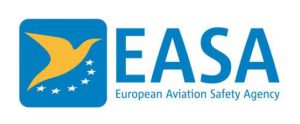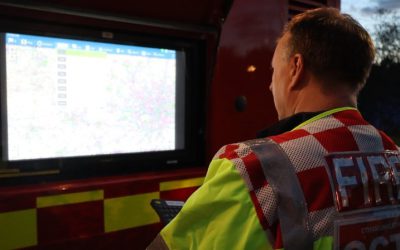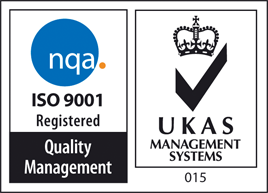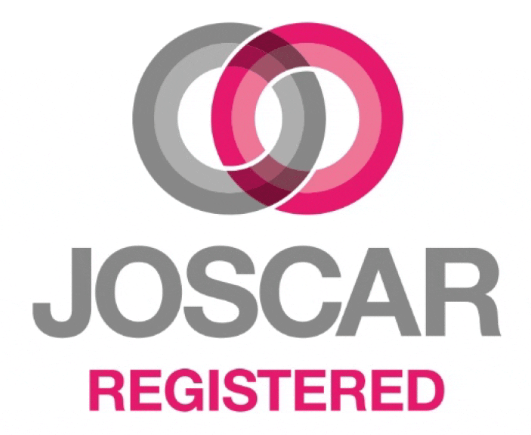EASA Guidance on smoke propagation and smoke penetration tests
 The European Union Aviation Safety Agency (EASA) has released updated guidance under Certification Memorandum CM-CS-011 Issue 02, offering crucial clarification on how aircraft manufacturers and design organisations should conduct smoke propagation and penetration tests for certification. The guidance reinforces the importance of realistic smoke testing in pressurised aircraft compartments – a domain in which Concept Engineering’s Aviator smoke generator continues to lead the way.
The European Union Aviation Safety Agency (EASA) has released updated guidance under Certification Memorandum CM-CS-011 Issue 02, offering crucial clarification on how aircraft manufacturers and design organisations should conduct smoke propagation and penetration tests for certification. The guidance reinforces the importance of realistic smoke testing in pressurised aircraft compartments – a domain in which Concept Engineering’s Aviator smoke generator continues to lead the way.
Published in June 2023, the Memorandum focuses on assessing the risk posed by in-flight fires and the spread of hazardous smoke into occupied compartments such as cockpits, cabins, crew rest areas, and galleys. It outlines when smoke propagation testing—as opposed to penetration testing—is appropriate and provides detailed expectations for the volume, duration, and placement of smoke during certification trials.
A Growing Need for Precision in Smoke Testing
As part of this latest guidance, EASA stresses the need for equipment capable of simulating realistic worst-case smoke scenarios. Unlike traditional penetration tests, which require sealed environments, propagation tests reflect real-world cabin layouts where full isolation is often not possible. This includes testing smoke movement from lavatories, galley areas, avionics bays, and crew rest compartments during fire events.
The Concept Aviator is a robust and field-proven smoke generator designed to meets the standards set by both EASA and the FAA. The Aviator is engineered to deliver consistent, oil-based aerosol smoke using thermally generated technology. It provides highly controllable output, allowing for precise adjustment of flow rate.
As EASA continues to evolve its regulatory framework to address new cabin configurations and in-flight fire risks, tools like the Aviator are playing an increasingly central role in ensuring safety. Concept Engineering remains committed to working alongside OEMs and certification bodies to provide cutting-edge solutions for smoke simulation and airflow visualisation.
For more information about the Aviator or Concept’s full range of aviation smoke systems, visit www.conceptsmoke.com.
Equipment used:






